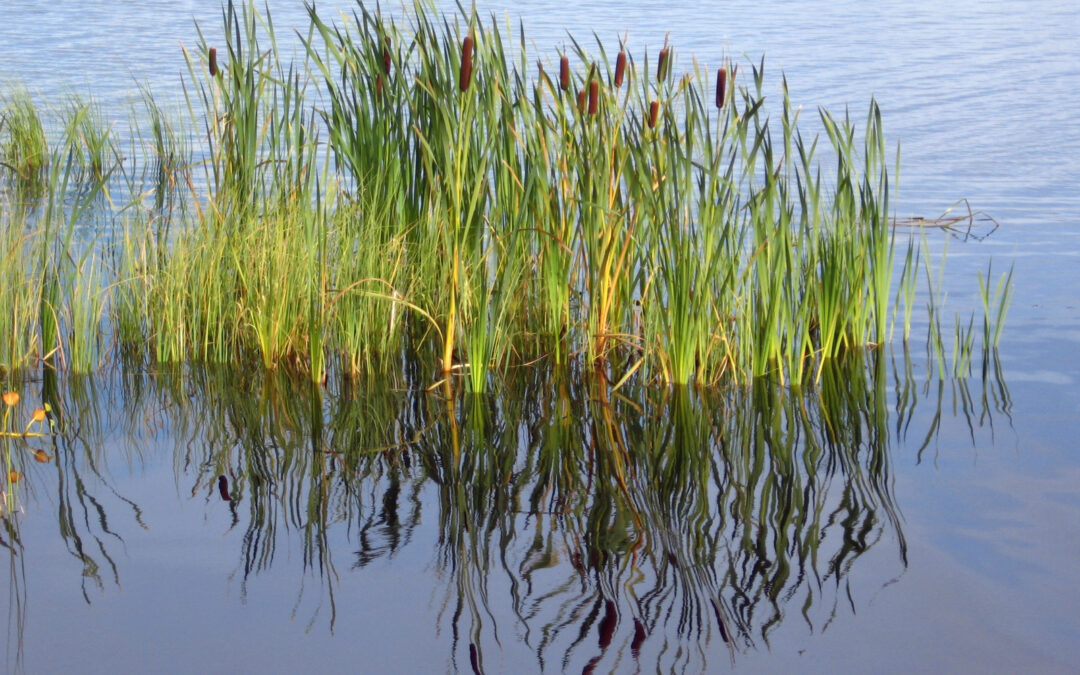
by Everblue Lakes | Jul 6, 2024 | Uncategorized
Much like our bodies, lakes have a collection of measurements that add up to good health. If you’ve recently received a report on your lake’s health (hyperlink to water quality testing kit), here is a quick guide to the most important lake health measurements:...
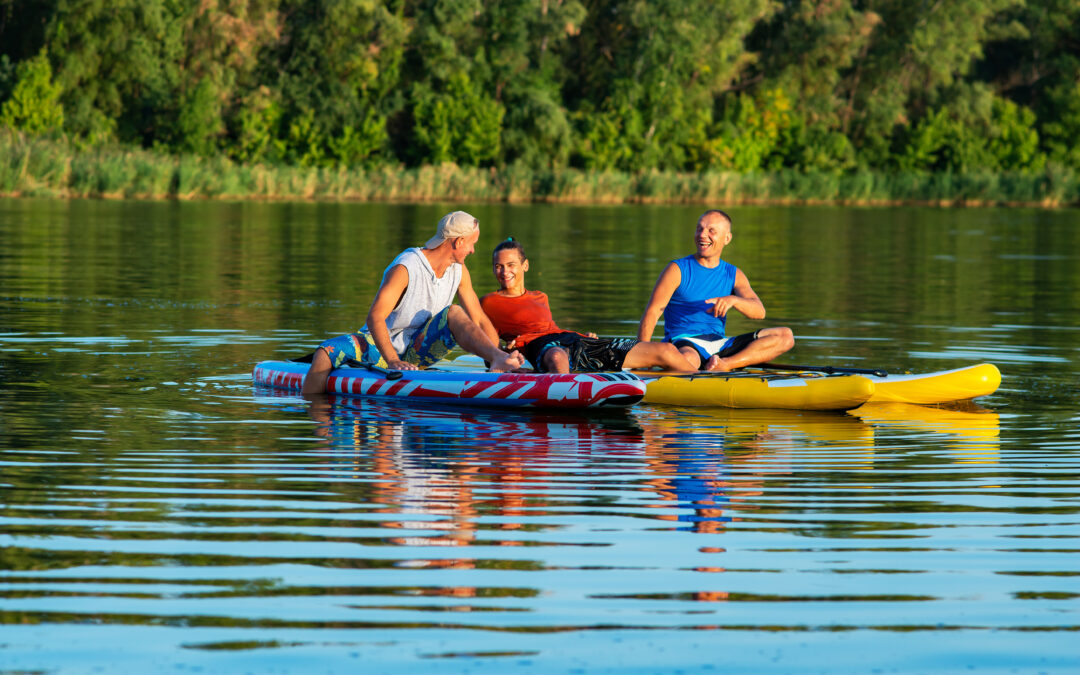
by Everblue Lakes | Jun 6, 2024 | Blog
Some people think “natural” solutions means less powerful and more expensive. But the reality is that a long term solution working in harmony with nature will be more effective and less costly than quick fixes that inevitably lead to even bigger and more expensive...
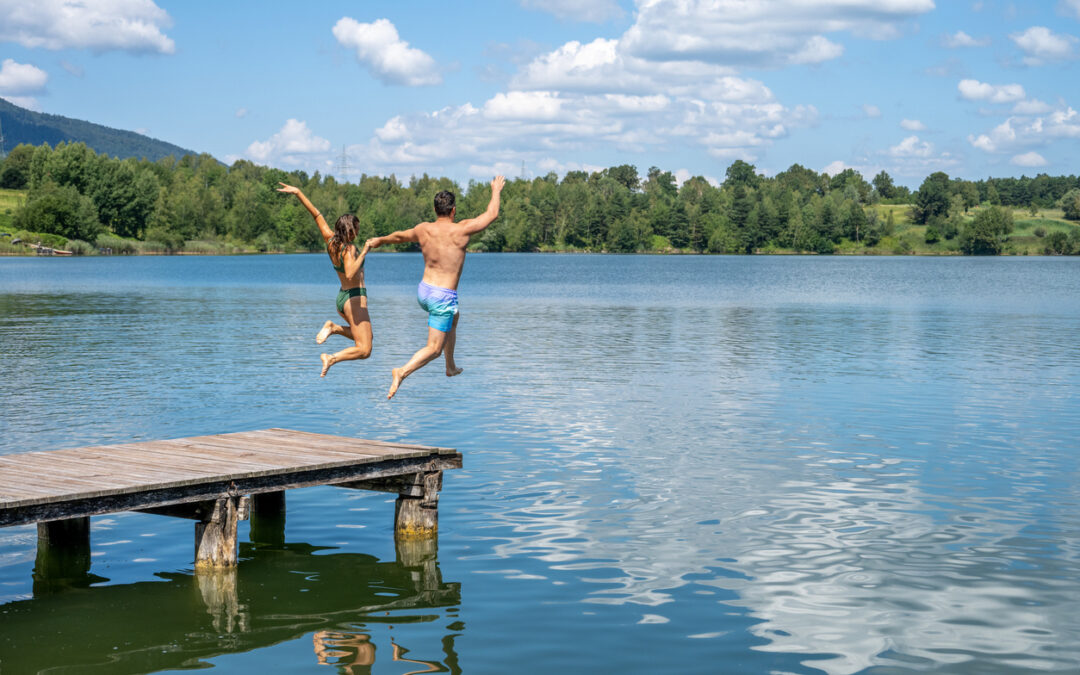
by Everblue Lakes | May 6, 2024 | Blog
Here at EverBlue Lakes we want to change our customers’ thinking from, “How do I get rid of these weeds?” to How do I help keep this lake healthy and safe for generations to come? We know this is a big undertaking, but we’re confident that our approach is the...
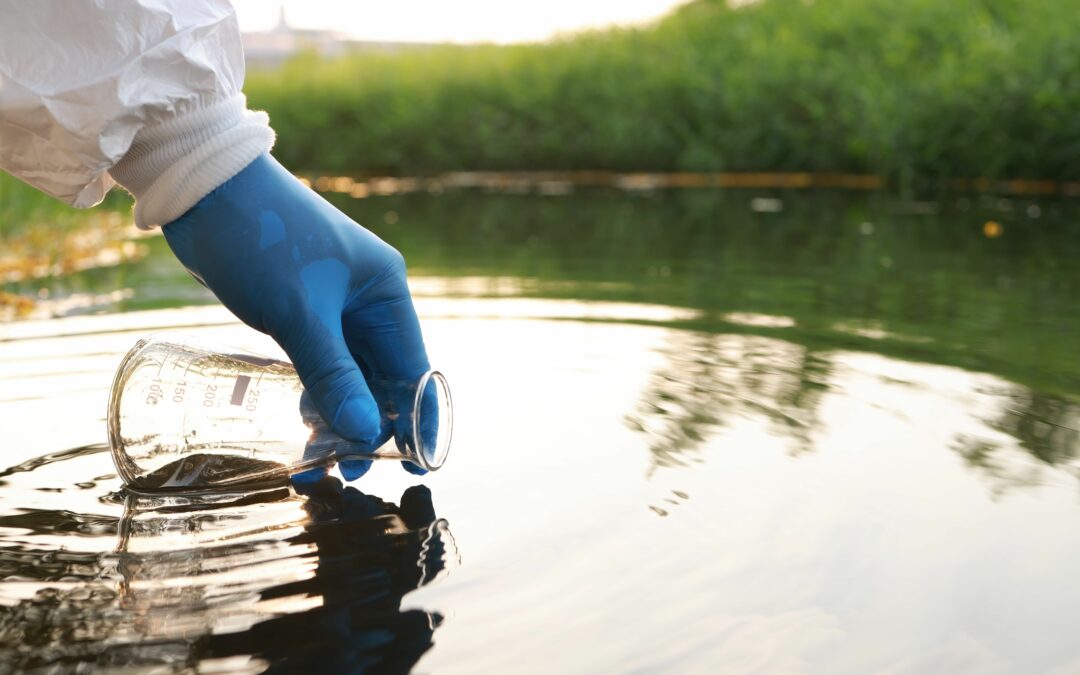
by Everblue Lakes | Apr 25, 2024 | Blog
When you know your lake is in trouble, it can be tempting to look for quick-fix solutions or just try throwing money at the problem. But even though it seems overwhelming, it pays to do your research when it comes to restoring your lake’s ecosystem and putting nature...
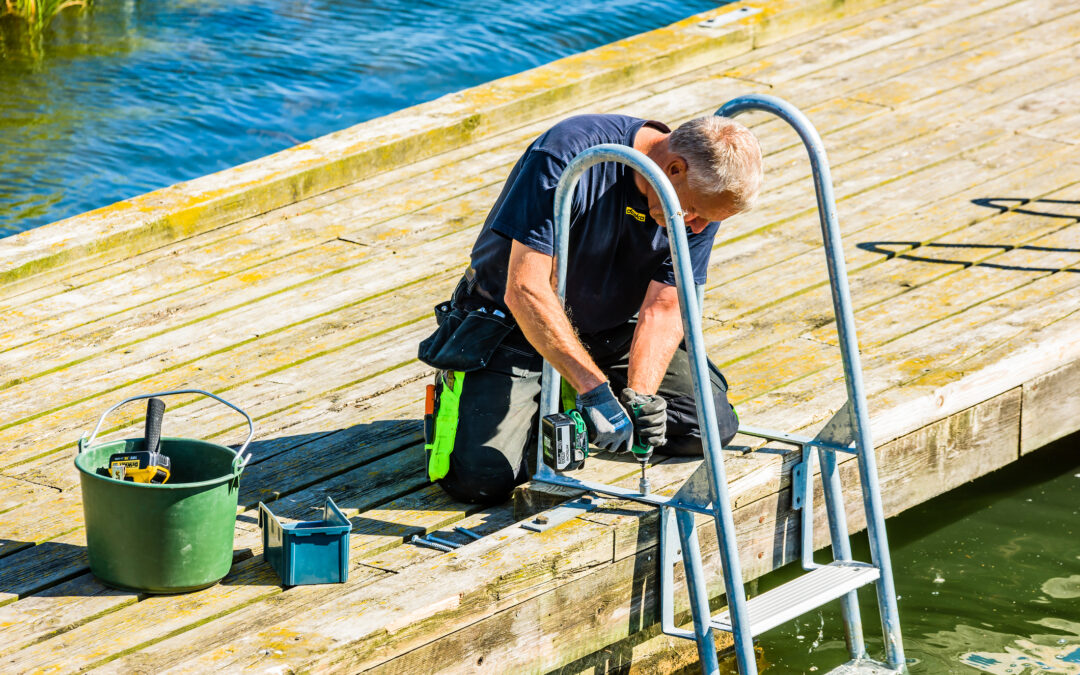
by Everblue Lakes | Mar 17, 2024 | Blog
At EverBlue Lakes, we’re not in the business of selling lake aeration equipment. We are in the lake renewal business, and that means maintenance. Although some companies will promise you “maintenance-free systems,” we advise you to think again. Just take a look at...





